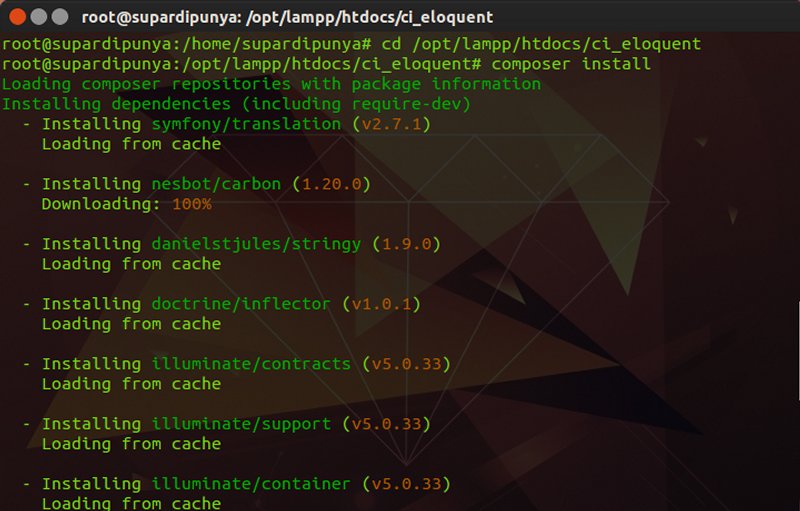

This is ideal for situations with urls like /posts/edit/5, where 5 represents the post id. Laravel will automatically catch the exception and returns a 404 Not found page. If you choose for option 1, you don't need to do anything, except just appending OrFail() to your methods. In the case of findOrFail() and firstOrFail(), Laravel throws an **Illuminate\Database\Eloquent\ModelNotFoundException** when it does not find a model. Let Laravel catch and handle the exception automatically. In this situation, when we're talking about not finding Eloquent records from the database, you have two options: Else it falls to the ground and the game ('app') grinds to a halt. Sounds logical, right? If someone throws a ball, someone needs to catch it. This relation has slight differences from a one-to-one relationship, but of course, Laravel makes everything. We must configure the relationship between the two tables in this models. php artisan make:model Article php artisan make:model Comment. If an exception is thrown, then you need to catch it. One for articles and another for comments. That sounds scary – I mean, why would you want to manually throw exceptions, if you're only working to fix them? But it isn't scary at all.

In this case, when Eloquent did not find an object, it throws an exception. In this article I'll use the default Eloquent User model. So let's just get started and show a few examples. This gives you extreme versatility and allows you to perform almost any database operation. For example: $user = User::first() or $ralph = new User. For example: $users = User::all() gets all users. Namely a great deal of learning resources and it's easier to find help for any issue you might have. As such, it has a big community which brings a lot of perks. Interact with the database table as a whole. Doctrine is considered the most popular PHP ORM out there. An Eloquent model is just a PHP class, that allows you to do two things: So, what is Eloquent exactly? Or what is an Eloquent model? It effectively comes down to the following: for each table you have in your database, you create an Eloquent model. In this tutorial I'll show you the basics of using Laravel Eloquent, so that you can start using Eloquent quickly. The Laravel Eloquent ORM is a way to interact with your database. here we provide laravel beginners to advanced laravel tutorial.Laravel Eloquent is one of Laravel's flagship features and one of the most notable things that distinguishes Laravel from other PHP frameworks. You read this tutorial on advanced web tutorial.
ELOQUENT ORM UPDATE
When we use the update method then also give some configuration in the model like protected $guarded =. Update() method used to update all data that are marching in where condition so it also called mass assignment.


In the update method, we pass an array of columns with values. First, we get a model row by where condition then applies update method. Models allow you to query for data in your tables, as well as insert new records into the table. Producing new database entries, deleting and manipulating, querying the database utilizing a variety of different parameters in addition made readable and easy with Eloquent ORM.
ELOQUENT ORM CODE
Each database table has a corresponding 'Model' which is used to interact with that table. Eloquent ORM of Laravel enables developers to make of Active Record pattern to its fullest making the code of application that is used in conjunction with database look clean, not messy. Laravel uses the update method to update a single or multiple row data. The Eloquent ORM included with Laravel provides a beautiful, simple ActiveRecord implementation for working with your database. Laravel save method use to update a model data firstly we get a model data and than change something in its column and after apply save() method for updating data.
ELOQUENT ORM HOW TO
In this laravel tutorial we will discuss how to update eloquent model data by update() and save() method with example.


 0 kommentar(er)
0 kommentar(er)
